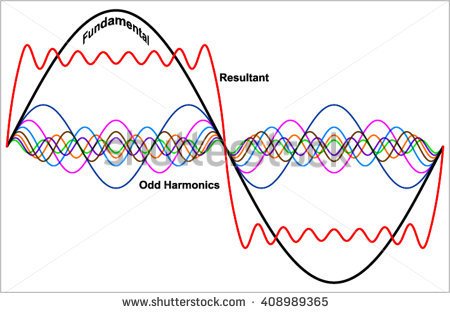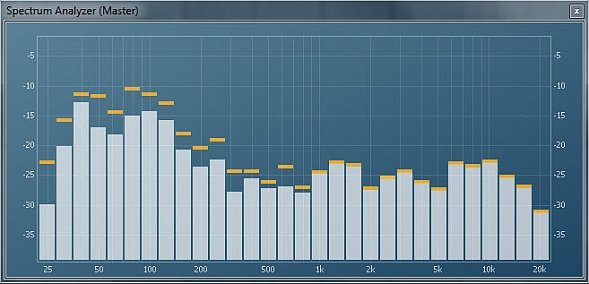
Hello, everyone, it's @Phatstudio. It feels really great to be writing once again. Today I will be looking at spectral processor. If you missed our previous articles on this processors you can check it out through the link at the end of this post
spectral processors
To better understand EQ (equalizer) this week we are going be looking at frequencies. and to better understand this I will be using a "SINE WAVE" as an example.

Sine wave
The sinewave is the purest and simplest form of sound and this can not be found in nature but it is really helpful when it comes to explaining frequencies.
When this sing oscillate 360* and makes a complete circle, that's what we call full circle and the amount of completed circle that feed in one second is what we call the frequency
Higher frequencies can go way up to 20000 completed cycles per second, this means a frequency of 20.000 Hz and is often displayed as 20KHz
Frequencies can be divided into two, and these are
- Low frequencies
- High frequencies
N/B: The low frequencies are referred to as BASS while the high frequencies are called the TREBLE
The frequency range of the human ear ranges from 20Hz to 20KHz. although we do lose some of our capability of hearing higher frequencies as we get older, That's why elder people can't hear higher frequencies.
N/B: Sinewave are electronically generated so it will be really impossible to hear a dog barking pure sinewaves.But
all sound that is found in nature like pitch or any music related sound is a composition of various soundwaves which are all at various frequencies and amplitude
- For example; If a concert 'A' is tuned at 440 hertz, and if we play this note on a guitar or on a piano we will hear that it's the same note, but still we can hear that it's been played on either a guitar or a piano.
This is because the fundamental frequency is 440 hertz but the character of an instrument is determined by its harmonics.
N/B: Every instrument has its own harmonic content.
This harmonic makes up the timbre or character of the sound. and this is different for the guitar and for the piano.
The timbre:
This describes a sound character and harmonic content.
The shape of the instrument, the way that the notes are being generated, like if they're being bowed, plucked, or if they're being finger picked, or if they're being hit with hammers, all determine the way that it sounds.
So the materials that the instrument is being made out of and even the type of wood can have an influence on the way it sounds.
whenever we are working with audio were looking at the frequency content of a certain signal. Especially when we separately record different instruments for a mix. We can change the frequency content of each of these tracks that we have recorded.
N/B: Every instrument has an overlapping frequency. And a part of enhancing this blend of sound is by giving some separation in the frequency content.
we can change the frequency balance with filters and equalizers.

When using a spectral analyzer or something which shows us the frequency content, we can see on the horizontal axis our frequencies running from twenty Hertz (20Hz) up to twenty kiloHertz (20KHz).And on the vertical axis, we can see the amplitude. This can be really helpful to analyze what the content is, to actually pinpoint certain frequencies which we need to enhance or maybe that we want to cut.
That will be all for now and I believe you have learned something today about frequencies. We can use the knowledge of what we've learned today to actually enhance our sounds and our mixes. You can check out our previous article on spectral processor through this link REF
And like always flee free to send in your questions and suggestion through comments and I will do my best to look into it. In case you missed out on our articles on Dynamic processors you can also check that out on my blog. So, I hope to see y'all next time.
Thanks for reading!

The dsound bro, there's always a lesson in your posts, see you at the top. #phatstudios
Downvoting a post can decrease pending rewards and make it less visible. Common reasons:
Submit
It's really nice to know that you have been following and at the same time learning from it. I also hope to see at the very top someday. Thanks a lot @dazzy
Downvoting a post can decrease pending rewards and make it less visible. Common reasons:
Submit
5-0.31
Downvoting a post can decrease pending rewards and make it less visible. Common reasons:
Submit
Downvoting a post can decrease pending rewards and make it less visible. Common reasons:
Submit